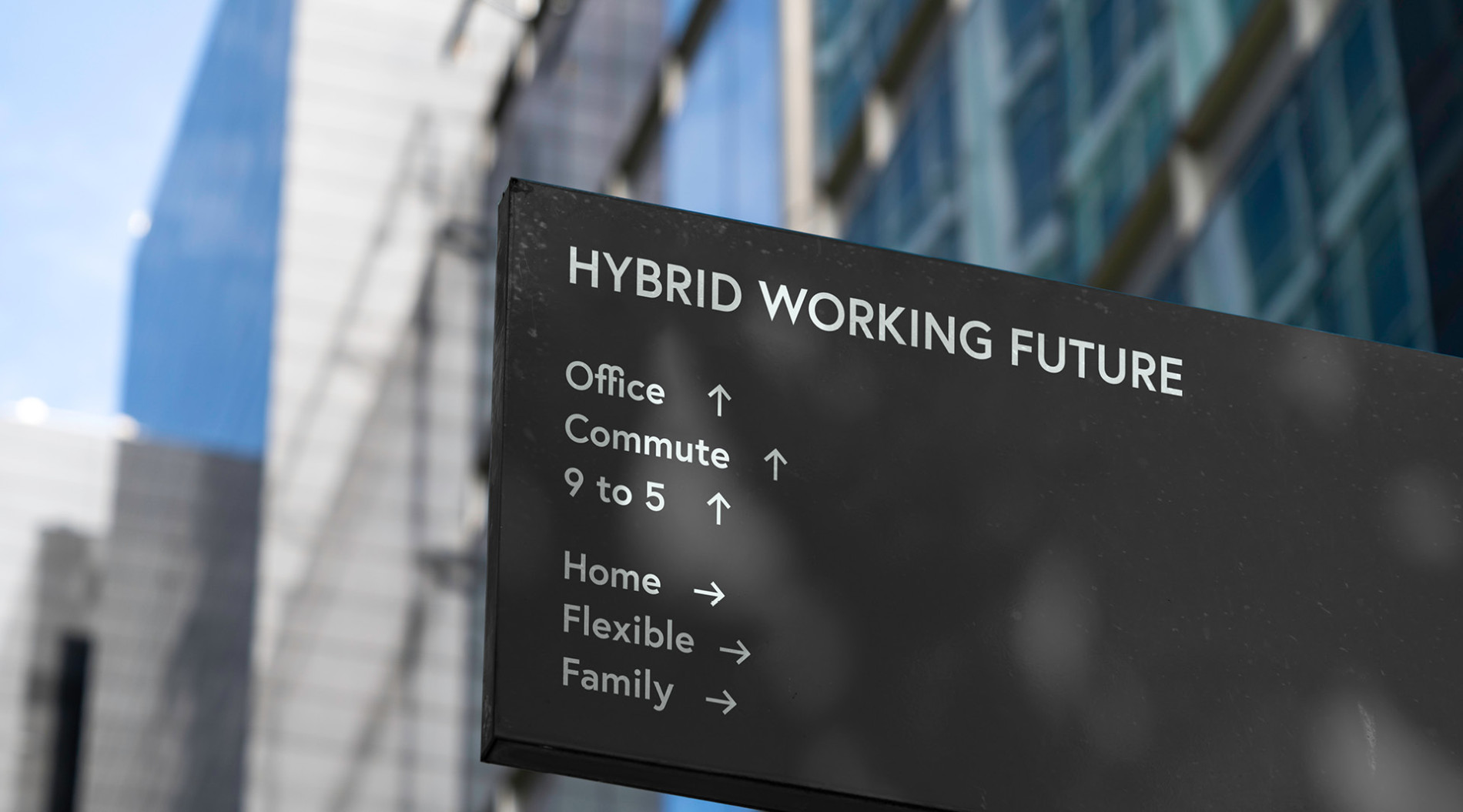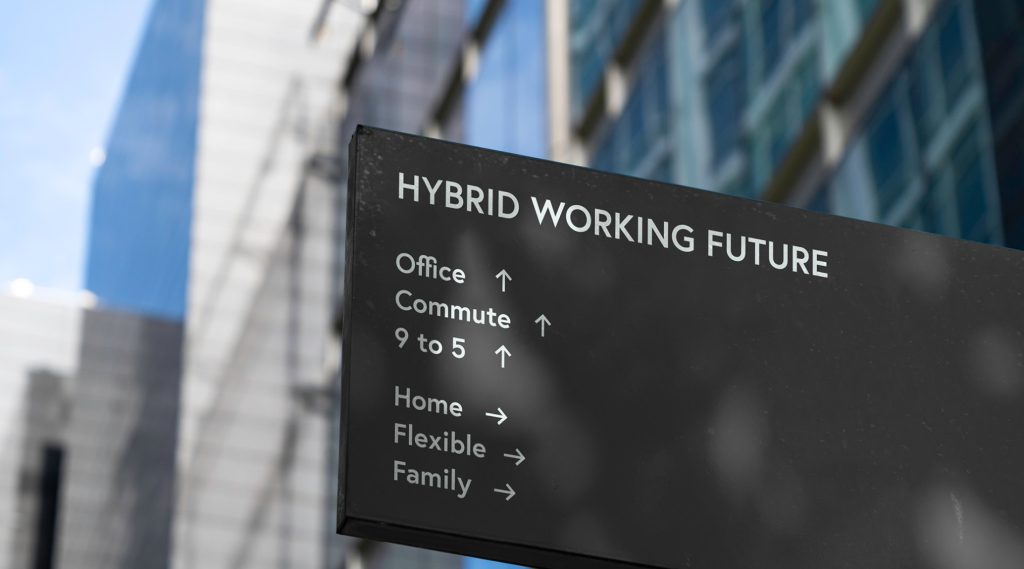Future trends in AI: What Are They & How Will They Affect The Way We Work
In the short amount of time since generative AI’s introduction, it’s changed the world of work in profound ways. Take the recruitment industry as an example. Incorporating the use of generative AI has exponentially sped up the time it takes to hire – an essential in these supremely talent-tight times.
But for business owners, managers or HR professionals, it’s difficult to keep up with AI trends, not to mention the workplace trends they inspire. Finding the bandwidth to understand and, more importantly, respond to them is even harder.
An insight into AI trends in the workplace
This year, The Adecco Group honed in on the topic of the impact of generative AI in the workforce in their report, What’s Working? Navigating the AI Revolution and the Shifting Future of Work Report 2023.
Let’s look at some of the most important insights the report uncovered, alongside ways to help you address them in your workforce.
GenAI in the workplace is creating a skills shift
The majority of Australians surveyed said they use generative AI in their work (86%), either to find or summarise information quickly or save time on routine tasks. When asked about their thoughts on GenAI use at work:
- Over 60% felt it will have a positive impact on their jobs
- 24% don’t know how it will impact their jobs
- 7% fear it will cause them to lose their job
Encouragingly, almost 55% of employees believe AI can open doors to jobs they couldn’t previously access. This positive employee sentiment is reflected in findings in a recent McKinsey report. GenAI won’t wipe out jobs in the near future, but it will change what they look like.
Interestingly, most generative AI exposure will actually result in more jobs created from its use. This includes STEM fields, business and legal, education, workforce training, and even creatives and arts management. It’s predicted only a handful of sectors will see a reduction in labour demand due to the use of GenAI (production work, office support, and customer service and sales).
Focus on upskilling
These findings clearly show that while employees are generally positive about GenAI in their work, there’s still a substantial portion unsure and worried about how it will impact their roles.
This calls for organisations to gain a deeper understanding of GenAI’s potential and its place in their daily working lives. Much of this involves change management, including mapping new roles and helping employees get quickly skilled up.
Over 60% of workers surveyed said they intend to take greater control over their skills development in the future. It’s likely a logical response to the fact that the world of work is shifting from a jobs-and-experience based economy, to a skills-based one. And this is an area where your influence is paramount, especially if you want to retain your valued staff.
Invest in development, for everyone at every level. Help employees target the right skills, particularly transferrable ones. These are inherently human-centric skills, such as emotional intelligence, reasoning, leadership and relationship building – the very things AI can’t replace.
Consider devoting a good portion of your investment dollars on coaching and training to develop these human attributes, such as:
Professional progression pathways
Invest in comprehensive professional development programs that focus on enhancing communication, leadership, teamwork, creativity, adaptability, and other transferable skills. There are many training options available, from in-person workshops to online courses and gamified options. The key is to customise them for each employee.
In addition, if you have a cross-generational workforce, you may want to consider generational differences in values, technological acumen and learning styles to ensure the training is relevant and engaging. For instance, Gen Z is the generation of micro-learning. They gravitate towards bite-sized information, so modules that deliver content concisely and efficiently can be most effective.
Mentoring and coaching
Establish mentoring programs where employees can learn from experienced leaders and colleagues, as well as receive personalised guidance to improve their soft skills.
Cross-functional projects
These are a fantastic way to not only build cross-domain skills, but strengthen bonds across teams and different parts of your business. Consider incorporating informal events that allow employers to work on their interpersonal skills in a non-work context.
Internal mobility
Create opportunities for internal job rotations or temporary assignments in different roles to broaden employees’ perspectives and skill sets.
Performance reviews
Integrate soft skills assessment into performance reviews and set personal development goals related to them.
Transferable skills recognition
Recognise and reward employees for working on their human-centric skills.
Access to GenAI is unequal and must be addressed
Just under half (46%) of workers surveyed in the Adecco report said they receive guidance from their employer about how to use AI at work, with 51% worried about using it, fearing it was unethical and discriminatory. Almost 60% indicated they’d like AI training from their employer.
Worryingly, there seems to be a significant divide between those who can access and use it based on income and seniority:
- 76% degree-educated workers vs 51% secondary school-educated workers
- 87% executives vs 52% non-managers.
Without equal access, training and support, many employees will be left behind.
Educate your workforce about GenAI
Education around GenAI will help employees understand not only how it may impact them, but also how to harness it in their work.
Ways to do this include:
- Introductory webinars hosted by AI experts
- Departmental workshops demonstrating how GenAI will impact their specific workflows and the enhancements it can provide
- Q&A sessions giving employees the chance to ask questions and express concerns, with answers provided by internal and external GenAI experts
- Resources, such as infographics and fact sheets, that explain GenAI concepts and uses in digestible ways
Formalise GenAI use guidelines
Clear, company-wide guidelines lessen the likelihood of unethical use and unintended consequences, such as compromising client data. It can also remove worries employees have about using generative AI.
Consider developing:
- Use policies that outline ethical considerations and company policies regarding the use of GenAI, ensuring compliance with data privacy laws and intellectual property rights.
- Best practice protocols in the form of step-by-step guides about how to use GenAI tools effectively within the company, including case studies and scenarios.
- Security procedures for using GenAI, including data handling, user access control, and measures to prevent misuse or data breaches.
These guidelines should be easily accessible to all employees and form part of your onboarding process for new hires.
Evaluate and address gaps in GenAI access and training
Understanding and addressing gaps ensures all employees are future-proofed, with natural flow-on productivity and growth benefits for your organisation.
Consider:
- An accessibility review to uncover if all employees have the necessary hardware and software to access GenAI applications, providing upgrades where needed.
- A skills audit that surveys employees to assess their current understanding and proficiency with GenAI tools.
- Training programs based on your skills audit results. This might include tiered training encompassing online beginner tutorials, intermediate hands-on workshops for those with some experience, and advanced project-based training for expert users.
Further support for GenAI in your workplace
The insights covered here merely brush the surface of the findings in The Adecco Group AI report. It’s well worth a read as it provides you with a framework for creating a future-ready organisation, with a detailed action plan based on the AI trends and workplace trends it uncovered.
As one of the world’s leading recruitment firms, our specialists here at Adecco can support you further as you formulate a strategy to deal with the challenges of generative AI in the workplace. From advice around upskilling and retention to a broad range of staffing solutions, please feel free to get in touch for further assistance.












